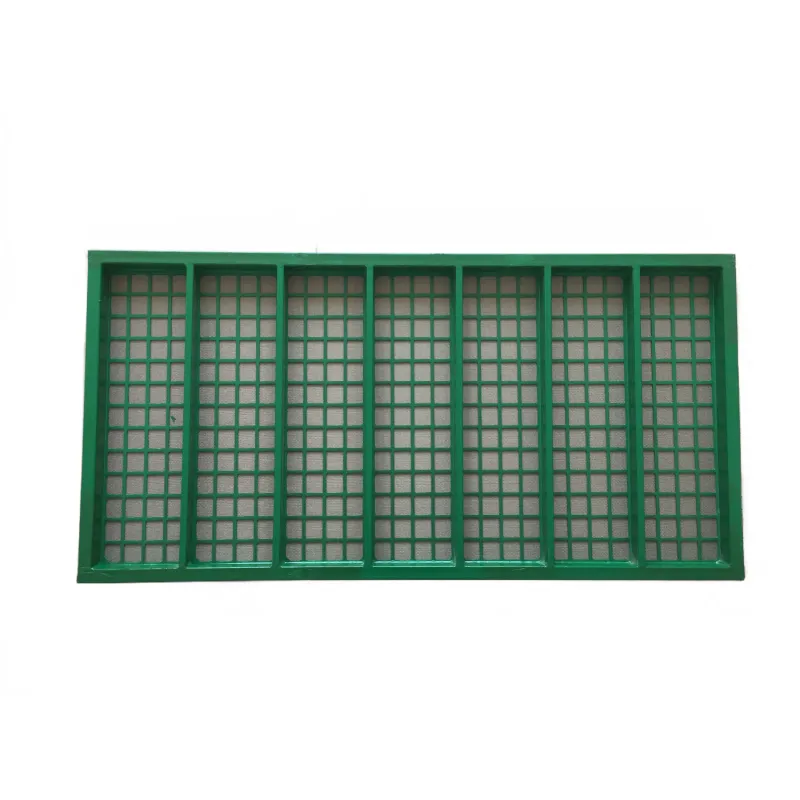- Industrial zone, South of Anping Town, Hengshui, Hebei, China.
- sales@hfpetromesh.com
- +86-18931809706
High-Quality Floor Grating for Sale | Durable and Reliable Solutions
Exploring the Benefits of Floor Grating A Comprehensive Guide
Floor grating is an essential component in various industrial and commercial settings. It offers a combination of functionality, safety, and aesthetic value, making it a popular choice for many applications. Whether you are looking for floor grating for sale for a new construction project or renovations, understanding the different types and benefits can aid in making an informed decision.
What is Floor Grating?
Floor grating is a type of flooring system typically made from materials like steel, aluminum, or fiberglass. It features a grid-like structure with openings that allow for the passage of light, air, and liquids. This feature makes it ideal for environments where drainage or ventilation is crucial. The design can be customized to fit the needs of various applications, ranging from industrial warehouses to commercial spaces.
Different Types of Floor Grating
1. Steel Grating Known for its strength and durability, steel grating is common in heavy-duty industrial applications. It can bear substantial weight, making it ideal for loading docks, factories, and even parking garages.
2. Aluminum Grating Aluminum is lightweight yet strong, making it a favorable choice for applications where reducing weight is essential, such as in elevated walkways or platforms. It is also corrosion-resistant, which prolongs its lifespan in harsh environments.
3. Fiberglass Grating This type is made from fiberglass-reinforced plastic (FRP). It is non-corrosive, slip-resistant, and resistant to a wide range of chemicals, making it perfect for chemical plants, waste treatment facilities, and marine applications.
4. Plastic Grating Made from high-density polyethylene (HDPE) or polypropylene, plastic grating is another lightweight and corrosion-resistant option. It is commonly used in pools, playgrounds, and other recreational areas.
floor grating for sale

Benefits of Using Floor Grating
1. Safety One of the primary advantages of floor grating is its slip-resistant surface. This feature is incredibly important in environments where water or other liquids may be present, reducing the risk of accidents and injuries.
2. Drainage The open design of floor grating allows for efficient drainage of water or other substances, which can prevent pooling and reduce the risk of slip hazards. This makes it an excellent choice for outdoor areas or locations where spills are common.
3. Ventilation Floor grating promotes airflow, which is beneficial in areas where fumes or heat buildup may occur. Proper ventilation can improve air quality and workplace safety.
4. Easy Installation and Maintenance Many floor grating systems are easy to install and require minimal maintenance. The materials are designed to withstand environmental conditions, meaning they can last for years with little upkeep.
5. Cost-Effectiveness While there is an initial investment in floor grating, the long-term benefits can outweigh the upfront costs. The durability and low maintenance needs mean that fewer replacements and repairs are necessary over time.
Conclusion
When considering floor grating for sale, it is important to evaluate the specific needs of your project. Different materials and designs are available, each catering to various applications and environments. By understanding the benefits and features of floor grating, you can make a well-informed decision that enhances safety, efficiency, and aesthetics in your space. Whether for industrial use or creating a decorative high-traffic area, floor grating is undoubtedly an investment worth considering.
-
The Power of Pyramid Shaker Screen - A 3-Dimensional SolutionNewsOct.24,2024
-
Exploring the Versatility and Durability of Steel GratingNewsOct.24,2024
-
Revolutionizing Drilling Efficiency with Steel Frame Shaker Screens for Mud Shale ShakersNewsOct.24,2024
-
Potential of Shale Shaker ScreensNewsOct.24,2024
-
Offshore Pipeline Counterweight Welded Mesh - Reinforced Mesh in Marine EngineeringNewsOct.24,2024
-
Revolutionizing Offshore Pipeline Stability with Concrete Weight Coating MeshNewsOct.24,2024
